Idli is the quintessential South Indian breakfast made with fermented lentils and rice. This authentic idli recipe has been tried and tested to perfection, ensuring that you get perfect idlis every single time.
This ultimate guide covers all the tips and tricks to make and ferment the batter and provides detailed instructions on using the
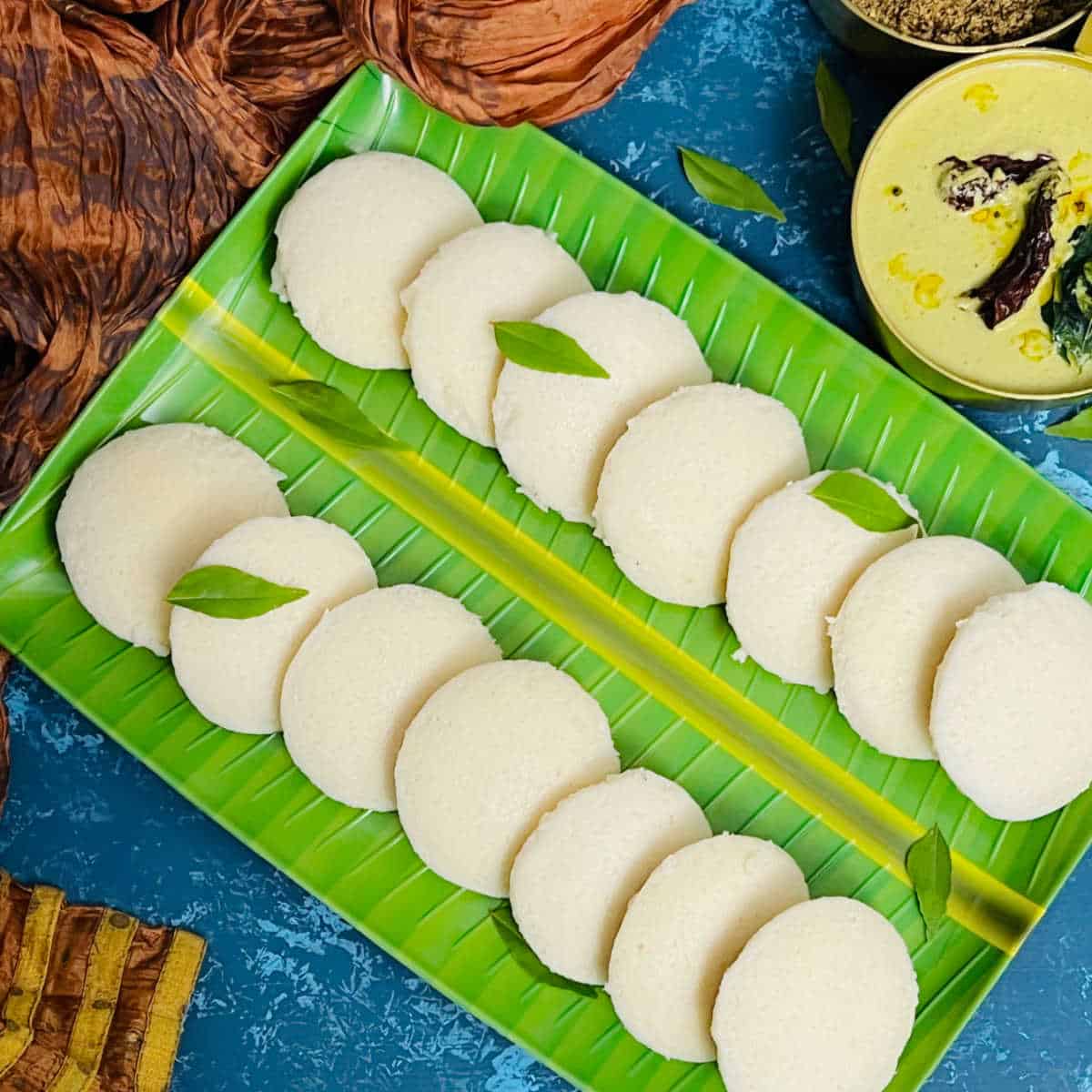
Why you will love this idli recipe?
- Fail-proof recipe: My tried-and-tested recipe includes all the steps and tips to ensure that even beginners can make perfect idlis with confidence.
- Detailed instructions: I have provided step-by-step instructions on how to make and ferment the idli batter, including all the tips and tricks to ensure that the batter is properly fermented and the idlis turn out soft and fluffy.
- Authentic taste: This recipe is authentic and stays true to produce traditional Karnataka-style idlis with an authentic flavor and texture.
- Uses an
Instant Pot : I am using theInstant Pot for both fermenting the batter and steaming the idlis, which helps in getting consistent results.
What is idli rava?
While some regions in South India make the batter using short-grain rice, in Karnataka and Andhra Pradesh, the batter is made using idli rava. Idli rava is coarsely ground rice and not the regular rava or semolina made using wheat. It is very similar to rice grits in texture.
The best part is you don't have to worry about getting the correct texture of the rice, as that's the trickiest part of making the idli batter. Idli rava is easily available in any Indian grocery store and also in online stores like Amazon.
Traditionally, in South Indian homes, the batter used to make idli is different when compared to the dosa batter. Both batters are different in terms of texture and also the ratio of rice used. Dosa batter has more rice, and the batter is thinner and smoother. While idli dosa batter is easily available in Indian stores, making the batter at home is really simple and can be very handy.
Ingredients
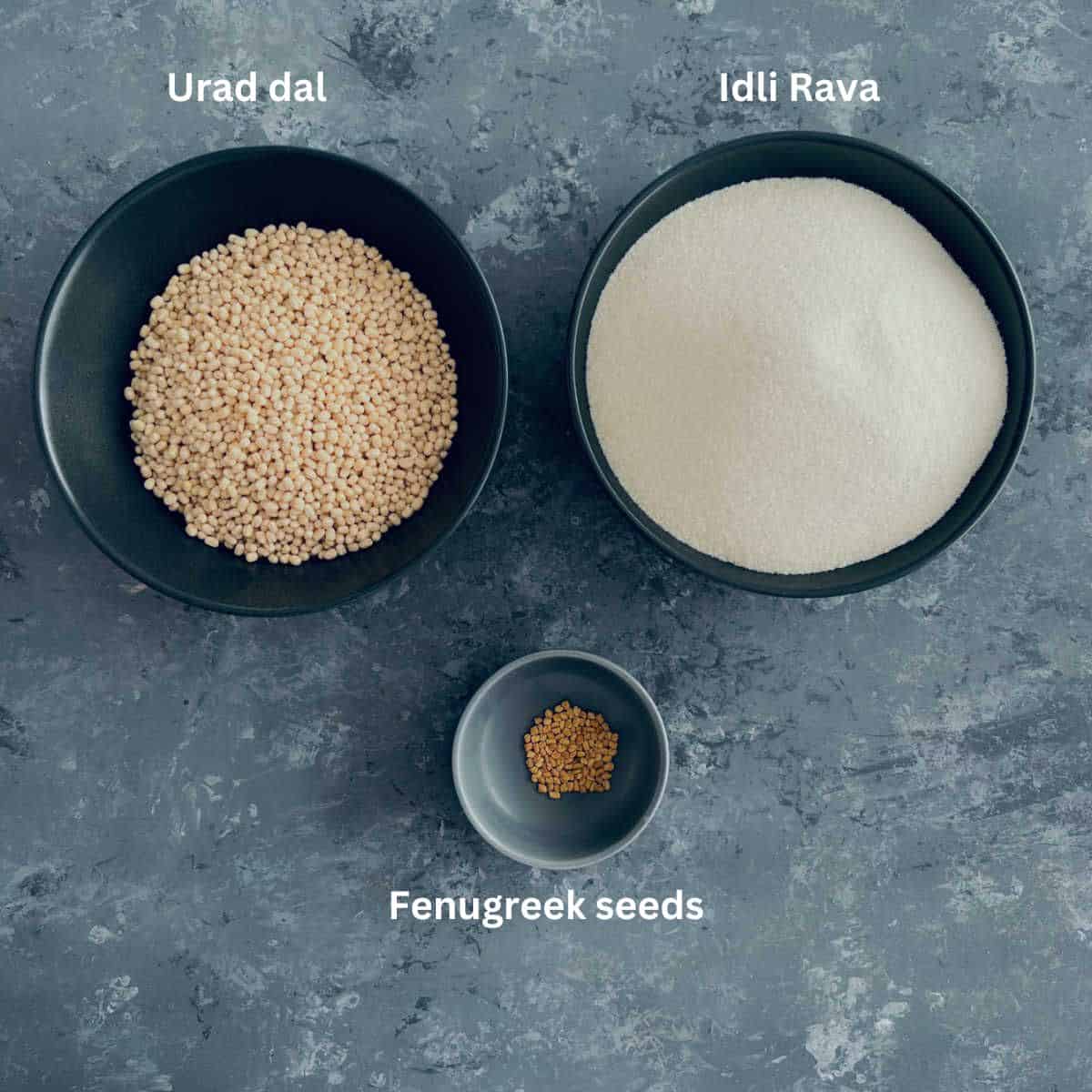
Urad dal: (skinned black gram) Use whole skinned urad dal where possible.
Idli rava: They are rice grits or broken rice. This ingredient is easily available in Indian grocery stores.
Fenugreek seeds: Helps with the fermentation of the batter.
Step-by-step instructions to make idli
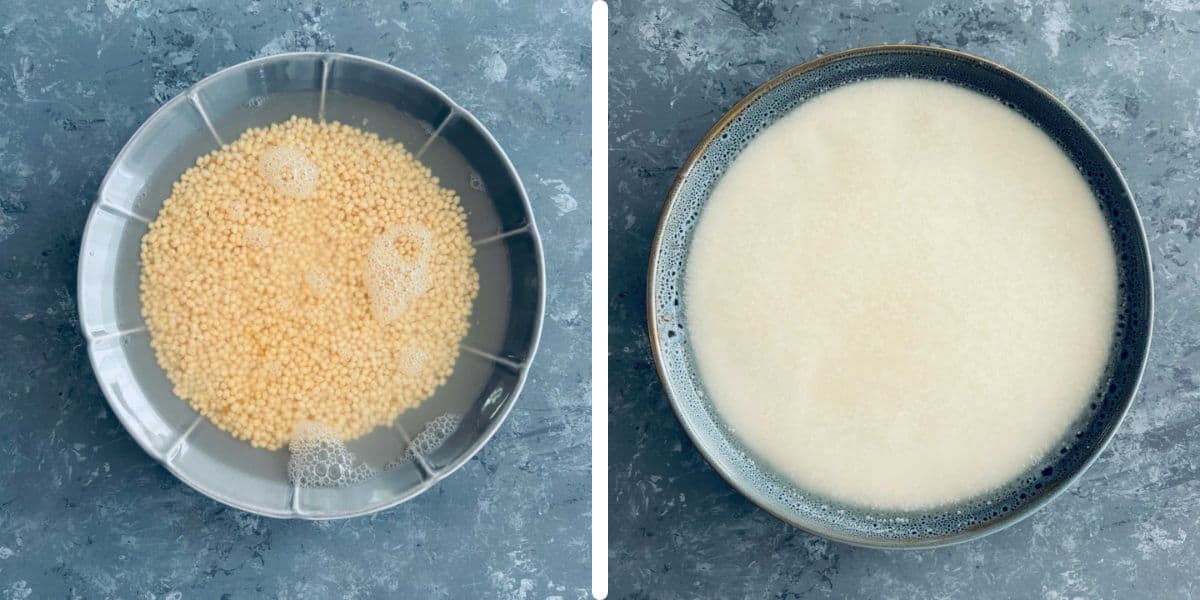
Step 1: Take one cup of dal and ½ teaspoon of fenugreek seeds in a large bowl and rinse it well under running water. Soak it in water for 4-5 hours.
Step 2: In a separate bowl, take the rava and add water to cover it fully. Let it sit for 10 minutes. The rice grits should settle down, and any dust particles will remain in the water. Carefully drain all the water from it. Add fresh water and soak it for 4-5 hours. It is important to soak them both in separate bowls as the rava does not require any grinding.
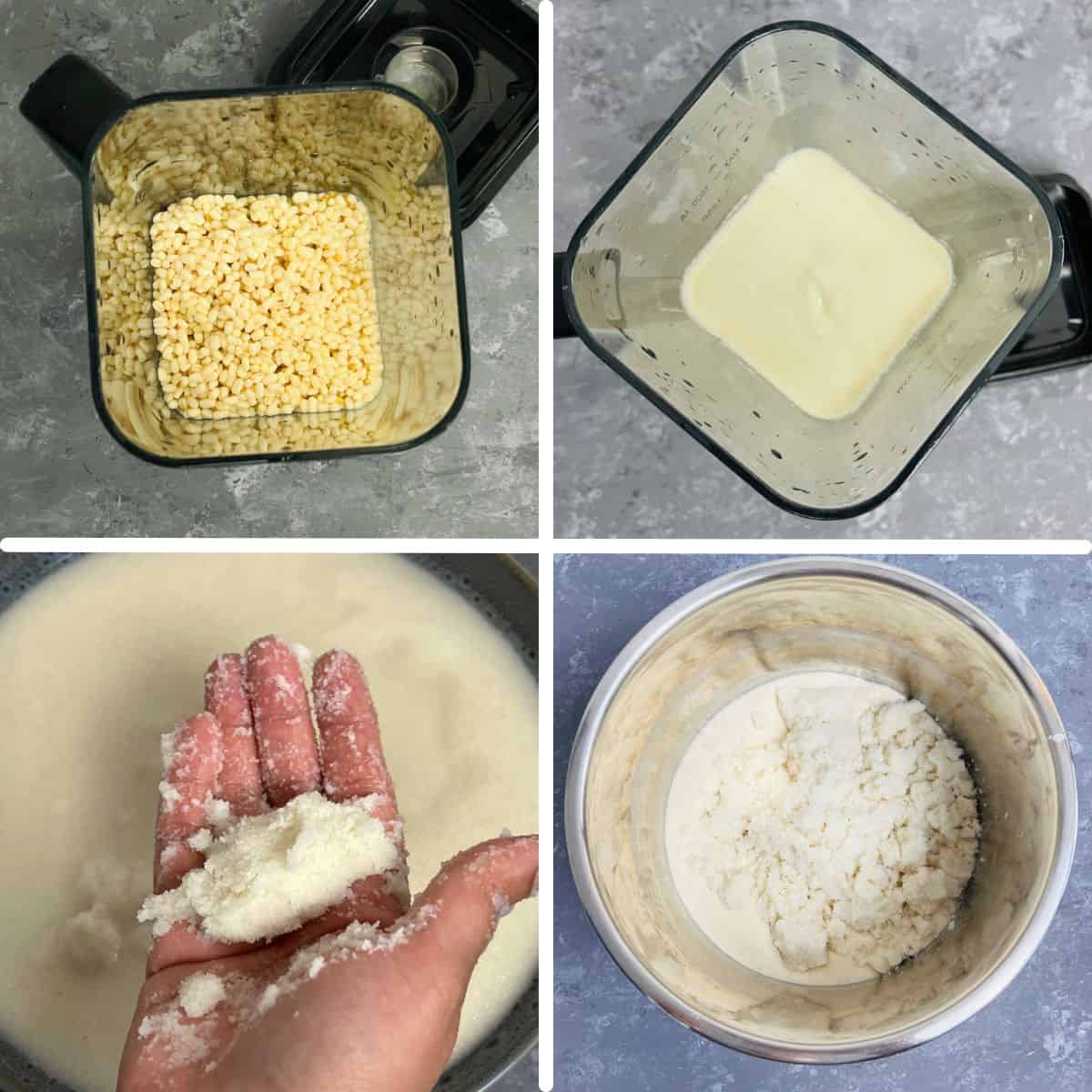
Step 3: Once the urad dal is soaked, drain all the water from the dal into a bowl and set it aside. Grind it into a very smooth batter by adding a little water (see the tips section below). If you are using
Step 4: Drain the water from the soaked idli rava. Scoop out a handful of rava in your hand and squeeze out as much water as possible. Add the squeezed rava to the ground dal. Repeat with the rest of the rava.
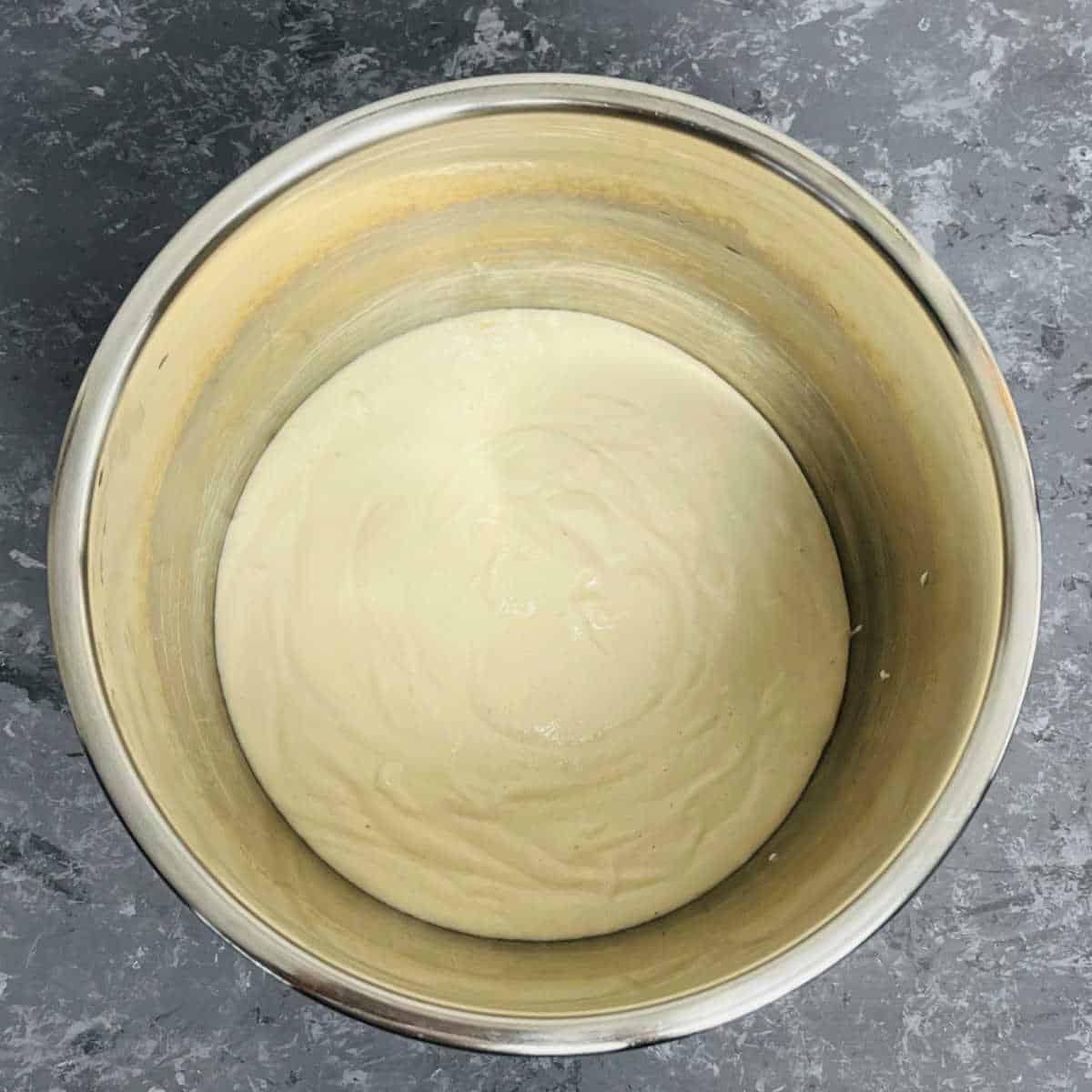
Step 5: Now mix the dal and rava well using clean hands, making sure that they are fully incorporated.
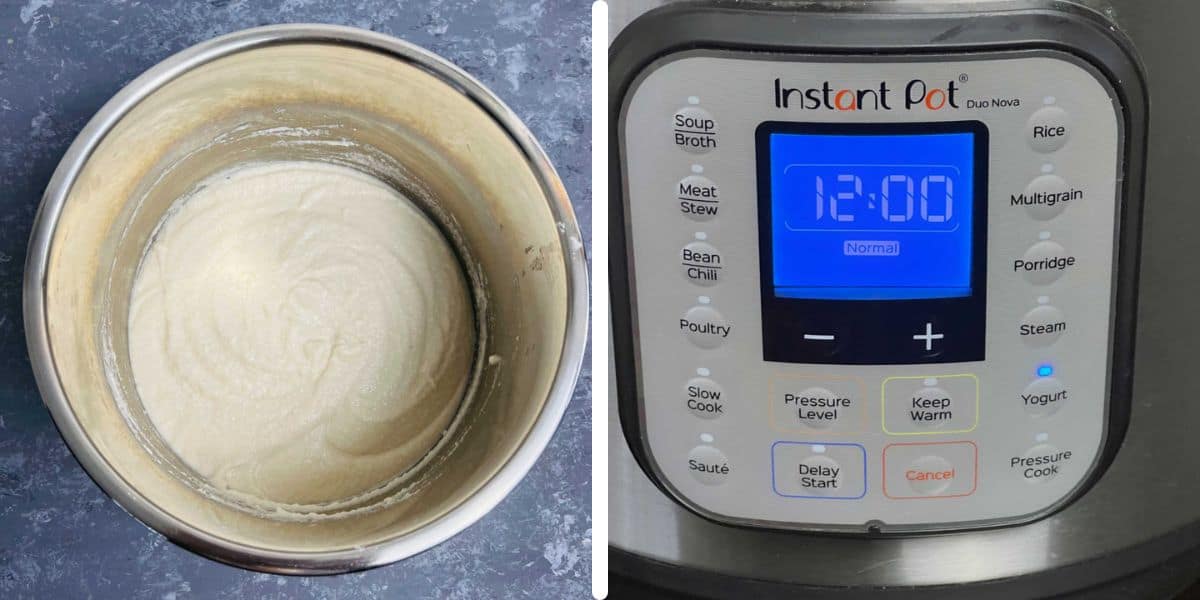
Step 6: Use your hands to mix the batter well. Place the inner pot in the
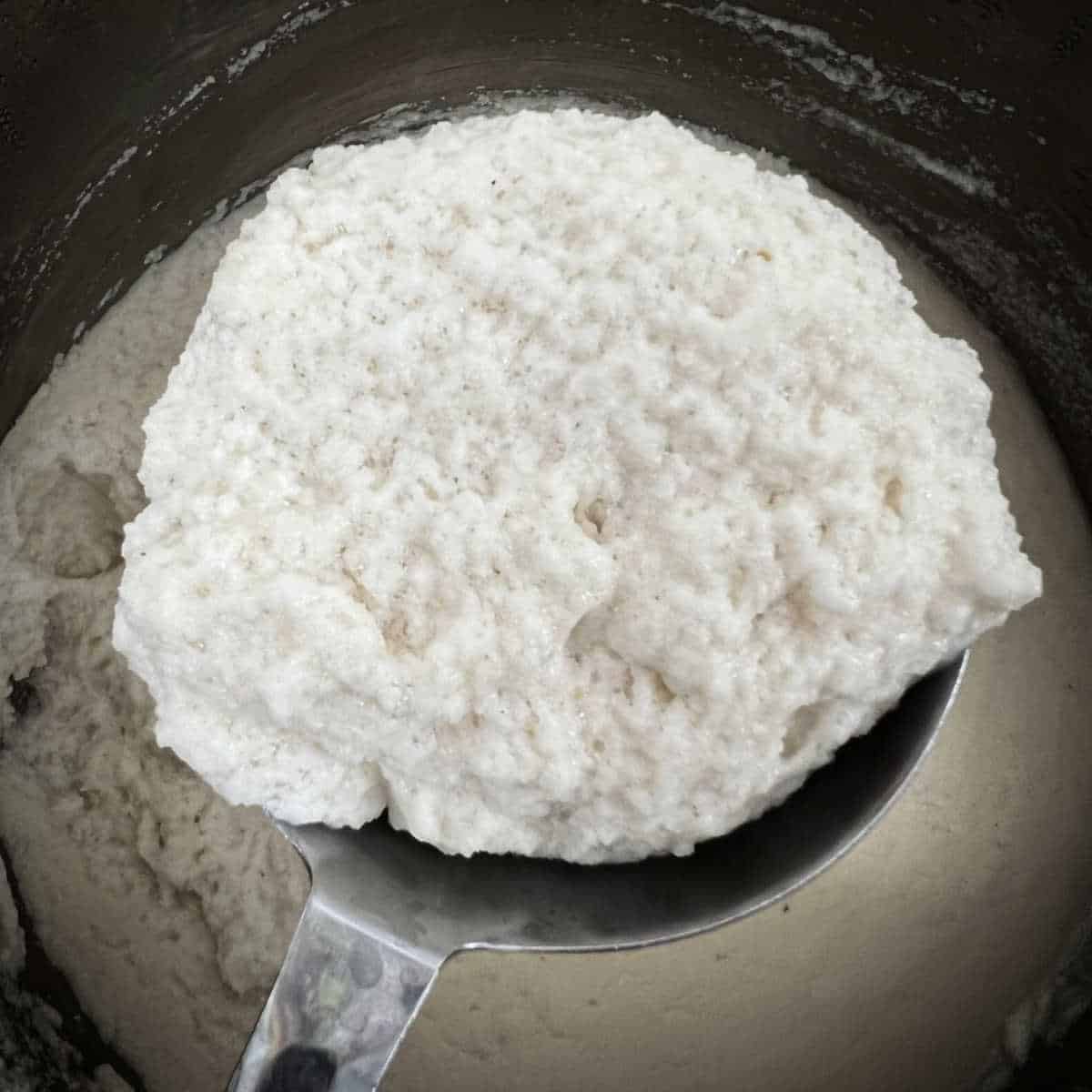
Step 7: The next day, the perfectly fermented batter is ready to be steamed.
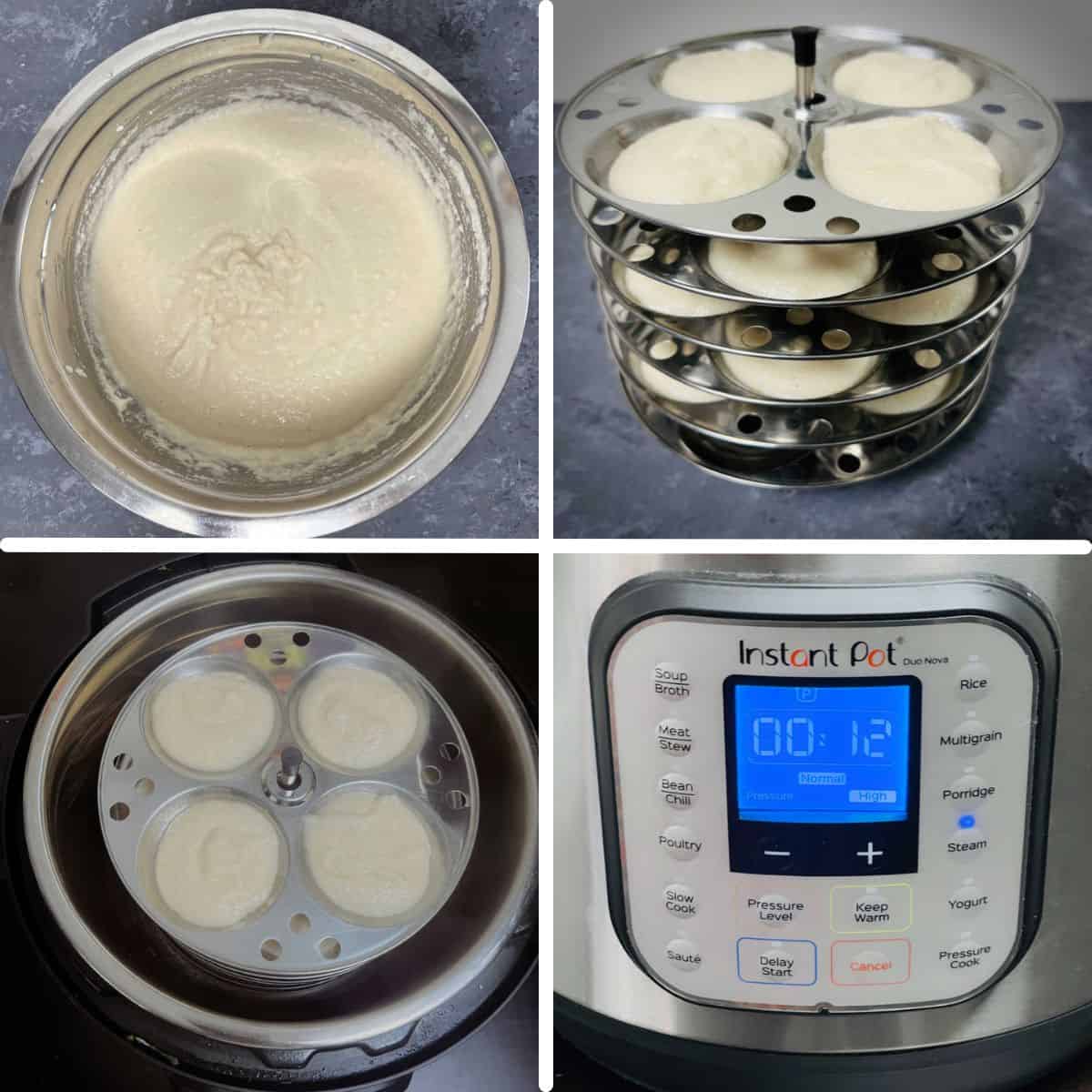
Step 8: Add salt to the batter and mix well. Lightly grease the idli molds on idli plates. Spoon in the batter to cover about ¾ of the mold.
Step 9: Add 1½ cups of water to the inner pot of the
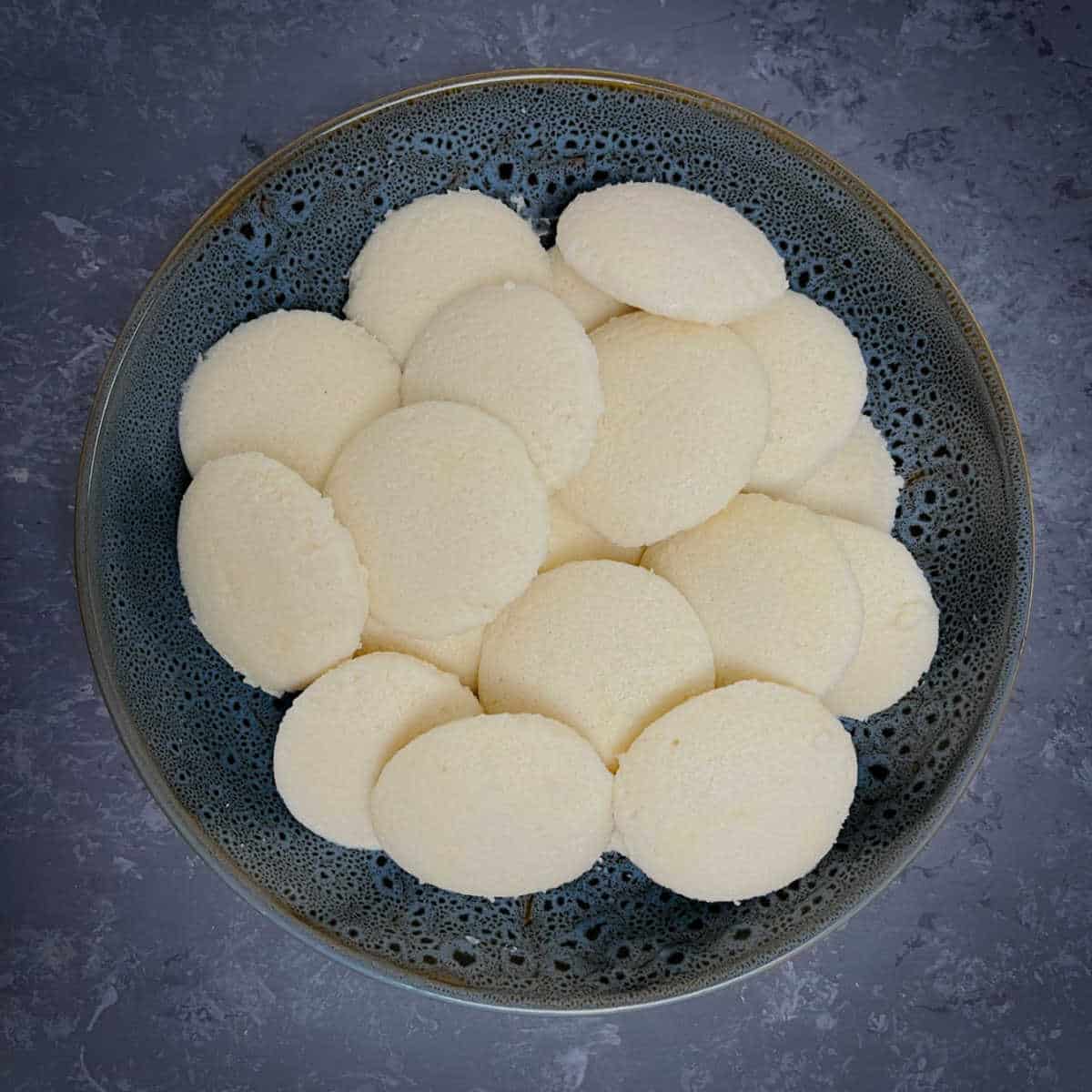
Step 10: Let them sit at room temperature for another 5 minutes in the idli stand. Wet a spoon with some cold water and scoop out the idlis from the molds.
Expert tips for soaking and grinding the batter
Use whole urad dal and not split urad dal where possible. This is really important as the dal helps with the fermentation of the batter. Wash the urad dal before soaking. Don’t wash it after soaking. Use the soaked water to grind it. Dal contributes more during fermentation, so using dal-soaked water for grinding will help in fermentation.
The consistency of the batter is very important for the idlis to rise and become fluffy. Watery or runny batter will result in flat idlis. The batter is thicker in consistency when compared to the dosa batter. So, while grinding the dal, use less water. Start with a half cup of water and add more as needed.
Before adding the rice rava, make sure you fluff up the ground urad dal using clean hands. This will help aerate the batter, which is important to get a light and fluffy, savory steamed rice cake. This step can be skipped if you use a wet grinder to grind the dal.
To make smooth idlis using idli rava, follow this recipe until removing the water from the soaked rava. Once you squeeze it, put it in the mixie and pulse 3-4 times. Then, continue with the recipe. This will give the batter the consistency of a smooth paste.
Tips on fermenting the idli batter
No separate leavening agent or citric acid (or Eno fruit salt) is added when the batter is made in the traditional way to make it light and airy. A perfectly fermented batter has lots of bubbles and makes very soft and light idlis.
Idli batter must be fermented in complete darkness. Close the IP lid during the fermentation. If you are using the glass lid, cover it with a kitchen towel so that the batter sits in darkness.
The temperature at which dosa batter ferments best is quite high (around 95 F to 105 F or 35 C to 40 C). Achieving this using the yogurt mode of the
Fermenting the batter without an Instant Pot
Do not use transparent vessels for fermentation. For example, clear glass or plastic vessels will not give you a well-fermented batter. Traditionally, it is fermented overnight in steel vessels covered with a loose-fitting steel lid.
The fermentation time can highly depend on the season of the year due to the temperature. During summer, the batter ferments in less time when compared to winter. The key to a perfectly fermented batter is to find a dark and warm place to place the batter.
It may be difficult to get it up to the temperature, particularly during winter or in cold climates. I put my oven in the keep-warm mode for exactly 5 minutes, then turn off the oven, and once the oven cools down a bit, I place the batter inside the oven. The heat retained by the oven should keep the batter warm for a long time. Alternatively, you can keep the oven light on during the entire fermentation process.
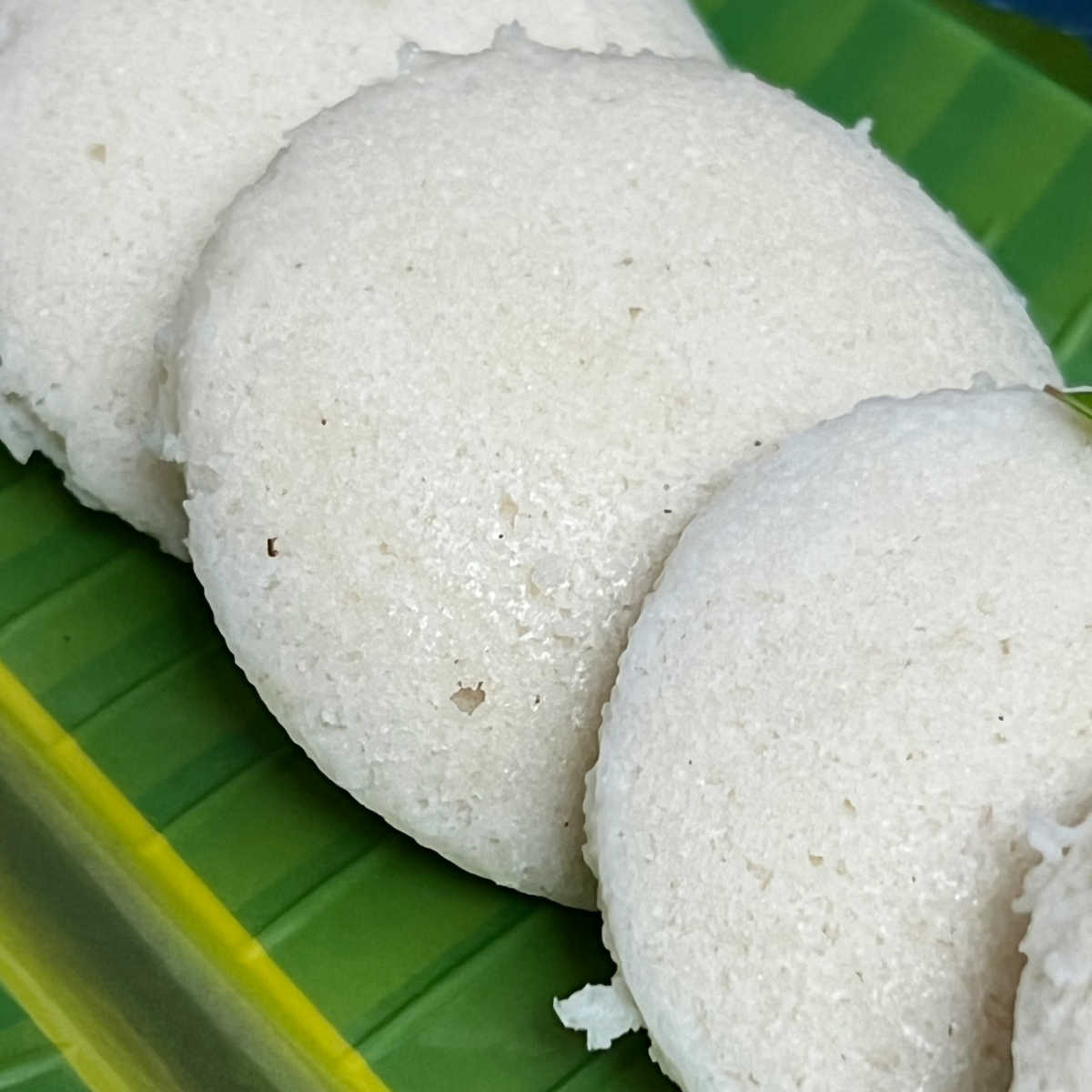
What to serve with idli?
Spongy idlis are usually served with ghee or butter, chutney/chutney powder, along with hot sambar.
Chutney: One of the most common chutneys associated with idli is the coconut chutney, which is almost always served in all restaurants along with dosa and idli. It can also be served with peanut chutney, tomato chutney, or dry chutney powder. Both lentil chutney powder and flax chutney powder taste delicious with idlis.
Sambar: Sambar is a South Indian style dal made with pigeon pea lentils (toor dal), vegetables, and spices. It can also be served with horse gram sambar.
Repurpose leftover idlis into a completely new dish with a unique taste and texture and turn it into fried idli made in the
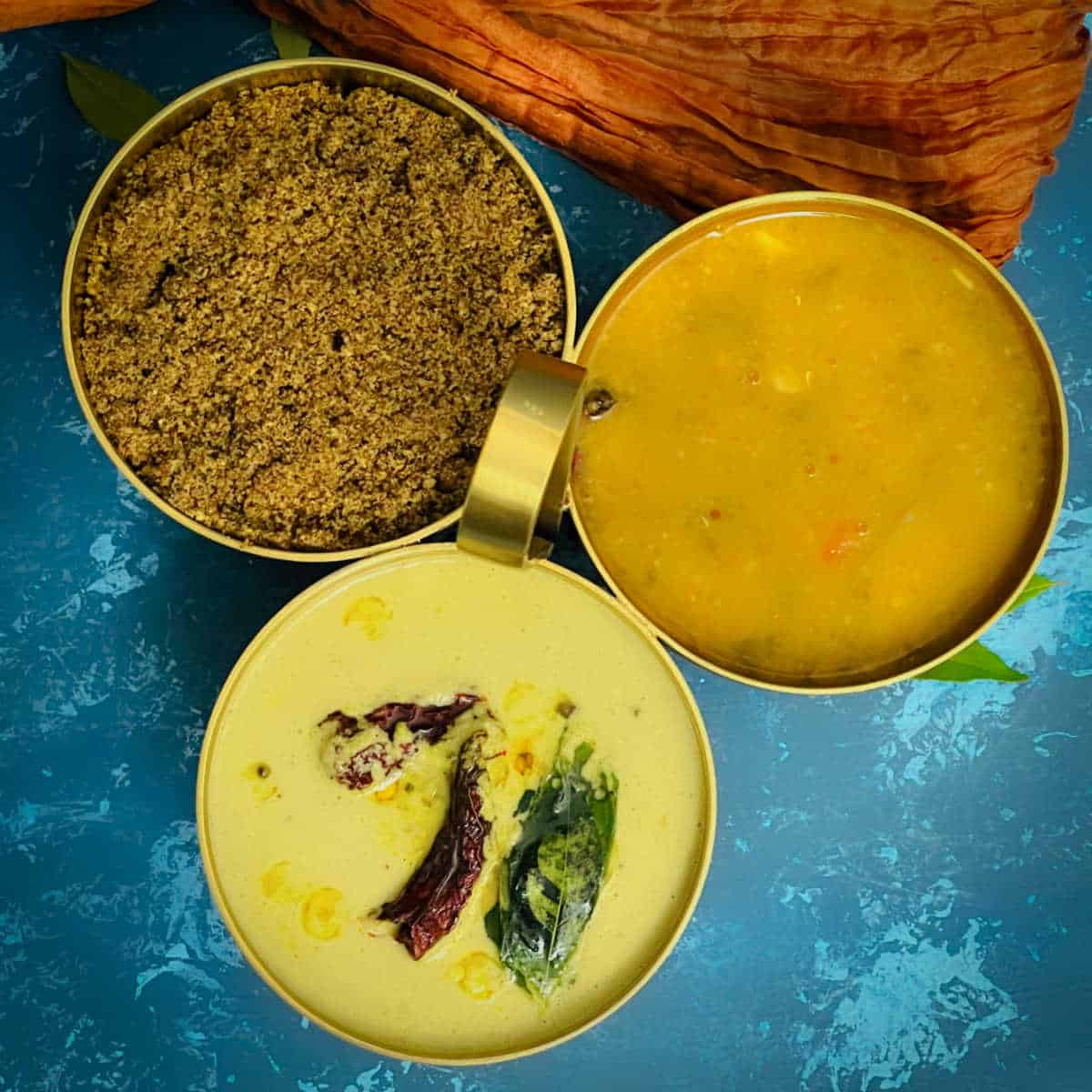
FAQs
While many use the same batter to make idli and dosa, traditionally, both batters are different in terms of texture and the amount of dal used. Idli batter is slightly grainy when compared to dosa batter due to the addition of rava. Also, the dal-to-rice ratio is 1:2 for idli, whereas it is 1:3 for dosa.
No. This batter uses rice grits and has a thicker texture when compared to dosa batter. You will not be able to spread the batter to make dosa. However, it can be used to make uttapams and paniyaram.
If you are planning to eat them the same day, you can store idlis at room temperature. Wrap them in a muslin cloth and place them in a cool and dry place. To store idlis in the refrigerator, cool them completely and place them in an airtight container for up to five days. You can also freeze idlis for up to two months. When freezing, wrap idlis individually in plastic wrap or foil and store them in an airtight container or freezer-safe bag. Reheat frozen idlis by steaming until heated through.

More South Indian breakfast recipes
If you tried this Idli Recipe or any other recipe on my website, please leave a ? star rating and let me know how it went in the ? comments below.
Recipe card
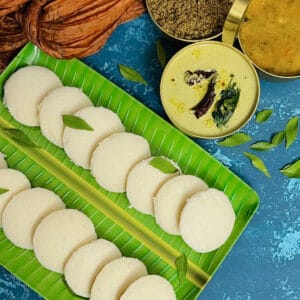
Idli in Instant Pot
Equipment
Ingredients
- 1 cup urad dal split black gram
- 2 cups idli rava
- ½ teaspoon fenugreek seeds
- 2 teaspoon salt
- 1 teaspoon oil
Instructions
Soaking:
- Take urad dal and fenugreek seeds in a large bowl and rinse it well under running water. Soak it in water for 4-5 hours.
- In a separate bowl, take idli rava and add water to cover it fully. Let it sit for 10 minutes. The idli rava should settle down and any dust particles will remain in the water. Carefully drain all the water from the idli rava.
- Add fresh water and soak it for 4-5 hours.
Grinding and making batter:
- Once the urad dal is soaked, drain all the water from the dal into a bowl and set it aside. grind it into a very smooth batter by adding little water.
- Transfer the dal into a mixie or blender. Add a small amount of the soaked water and grind the dal into a very smooth batter by adding little water. You can use also use fresh water; however, using the soaked water helps with the fermentation process.
- If you are using Instant Pot for fermentation, transfer the ground dal to the inner pot. If not, transfer it to a large steel container. Aerate the batter using your hands.
- Drain the water from the soaked idli rava. Scoop out a handful of rava in your hand and squeeze out as much water as possible. Squeezing and removing the soaked water from the rava is a very important step and cannot be skipped.
- Add the squeezed rava to the ground dal. Repeat with the rest of idli rava.
- Now mix the dal and rava well making sure that they are fully incorporated. Use your hands to mix the batter. Do not add salt at this stage.
Fermentation of the batter:
- Fermenting the batter in Instant Pot: If you are using Instant Pot for fermentation, then do the mixing process in the inner pot itself. Place the inner pot in the Instant Pot and cover it with the glass lid. Set it to yogurt mode for 12 hours.
- Fermenting the batter in an oven: Put my oven in the keep-warm mode for exactly 5 minutes, then turn off the oven and once the oven cools down a bit, place the batter inside the oven. The heat retained by the oven should keep the batter warm for a long time. Alternatively, you can keep the oven light on during the entire fermentation process.
- The batter will ferment by the next morning and air pockets will be visible on it.
Steaming the idlis in Instant Pot:
- Use a stainless steel 4-rack idli stand and lightly grease the mold on idli plates.
- Add salt to the batter and mix well. Spoon in batter about ¾ of the mold.
- Add 1½ cups of water to the inner pot of the Instant Pot and set it to Saute mode on high. Once the water begins to boil, press cancel and place the idli stand.
- Close the lid and set the Instant Pot to steam mode in the venting position. Keep an external timer and steam for 12 minutes.
- Let them sit for another 5 minutes in the idli stand. Wet a spoon with some cold water and scoop out the idlis.
- Serve hot idli with chutney of your choice.
Steaming in an idli steamer:
- Pour water into the idli steamer and place it on high heat. Once it boils, reduce to heat to low and place the stand.
- Close the steamer lid and steam for 12 minutes. Let the idlis sit for another 5 minutes in the stand. Wet a spoon with some cold water and scoop out the idlis.
- Serve hot with chutney of your choice.
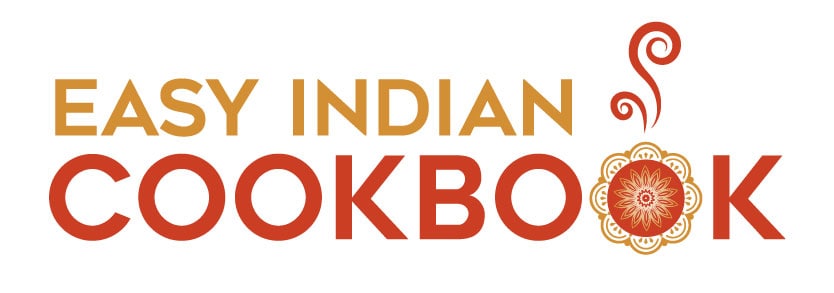
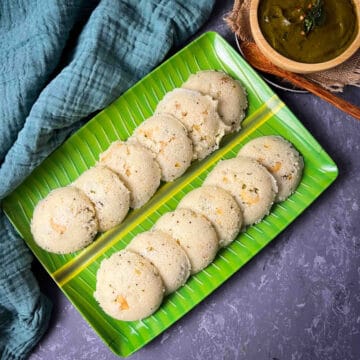
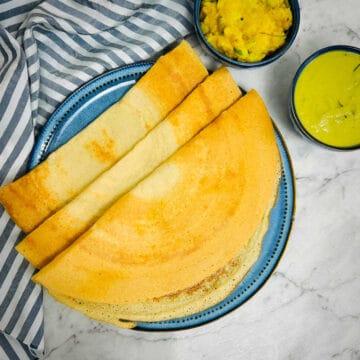
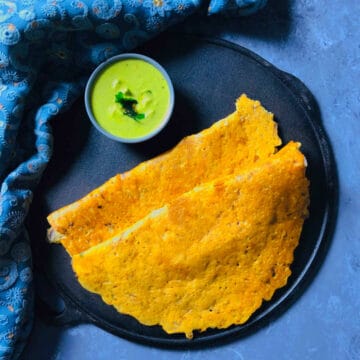
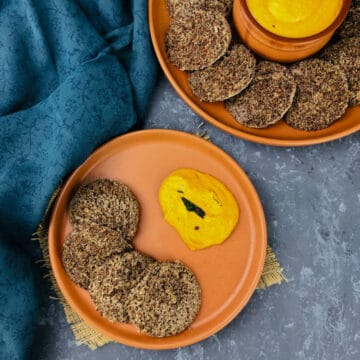
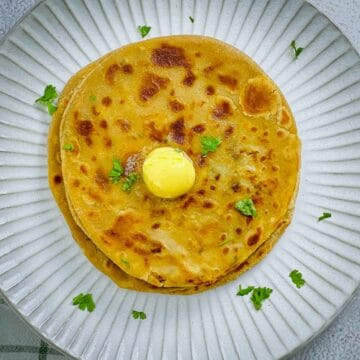
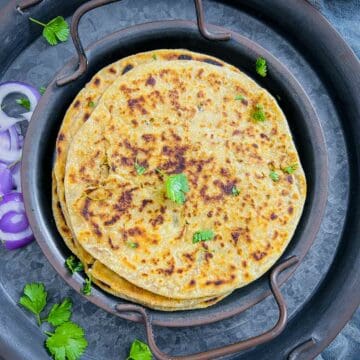
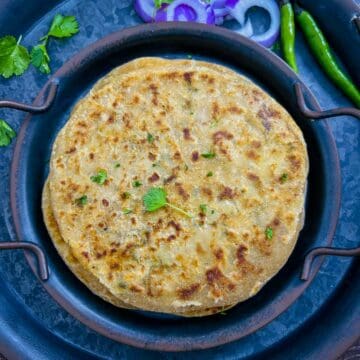
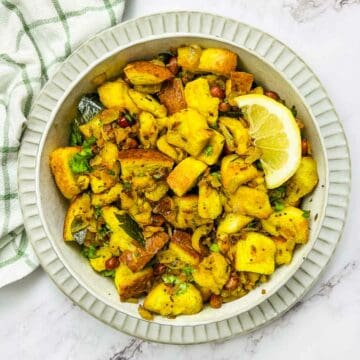
Comments
No Comments